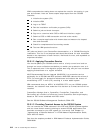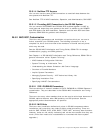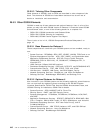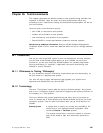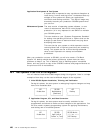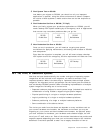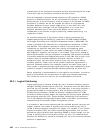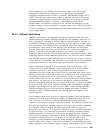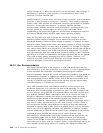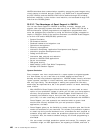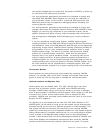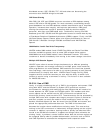evaluate each of the alternatives mentioned, but that would be beyond the scope
of this book, and not necessarily relevant to the task at hand.
Since this document is directed toward migration of VSE systems to OS/390
primarily on CMOS processors, we will not consider the choices of physically
partitioning one or more processors, since this option is not available on CMOS
processors. In addition, we will not consider the choice of using separate
hardware platforms for each system image since it is very often not a very
practical alternative. Although, with the P/390 platform it is a much more
attractive possibility than it ever used to be. Rather, we will limit our
consideration to the choices of logical partitioning, software partitioning, or a
combination of both.
An excellent comparison of the relative merits of logical partitioning and
software partitioning with VM/ESA is contained in the IBM Redbook
ES/9000
Multi-Image Processing from a VM/ESA Perspective Volume 1
, GG24-3920. The
reader is directed to this reference for a comprehensive comparison of LPAR
and VM/ESA. The comparison provided is neutral in the sense that it is not
considering any particular task other than running and supporting guest
operating systems. In other words, the added consideration of which solution
best supports a migration environment is not included. Thus we will attempt to
add to that discussion from the perspective of migrating VSE systems to OS/390.
It should be noted that this Redbook was written in late 1993, and as such is out
of date in terms of hardware platforms discussed. However, the bulk of
comparison items, and conclusions drawn are still very relevant to today′s
hardware platforms. Details such as the number of partitions supported on a
particular hardware platform have changed, however, the basic notion that a
finite number is supported through logical partitioning, and a substantially larger
number of images is supported through software partitioning still holds true.
Before presenting a recommendation for the migration environment, it would be
good to review briefly the characteristics of logical and software partitioning.
This review will serve as a basis for the recommendations that follow.
26.3.1 Logical Partitioning
Logical partitioning is achieved through the use of Processor Resource System
Manager (PR/SM) licensed internal code (LIC). Processors since the 3090 series
have had this LIC available. However, in the 3090 days, it was most commonly a
priced feature added on to the processor. With the general availability of the
ES/9000 series processors, PR/SM has become a standard feature on S/390
processors. Multiple system images are supported by defining logical partitions,
and assigning resources (CPU, Central Storage, Peripherals) to the partitions.
This is accomplished through specifications made in the IOCP, and commands
entered through the hardware system management console.
It is possible to define more partitions than the available physical resources can
support, however, the number of partitions that can be active at any time is
limited to what the physical resources can support. For example, if your Central
Electronic Complex (CEC) has 1GB of central storage available, and you have
defined five logical partitions each specifying 500MB of central storage, you are
limited to activating two of the partitions at any one time. The remaining three
partitions are defined, but cannot be activated until one of the currently activated
partitions is deactivated.
422 VSE to OS/390 Migration Workbook



